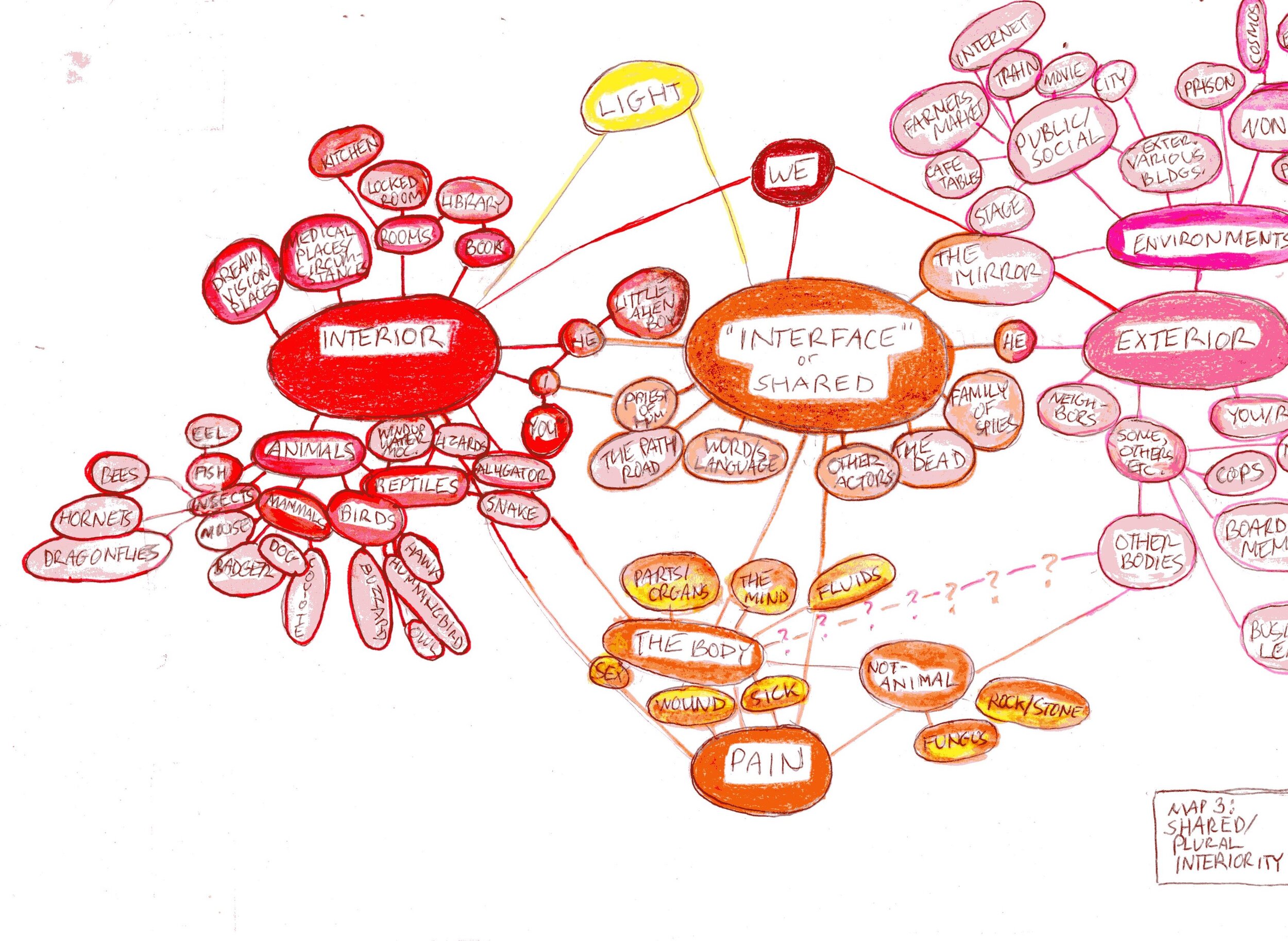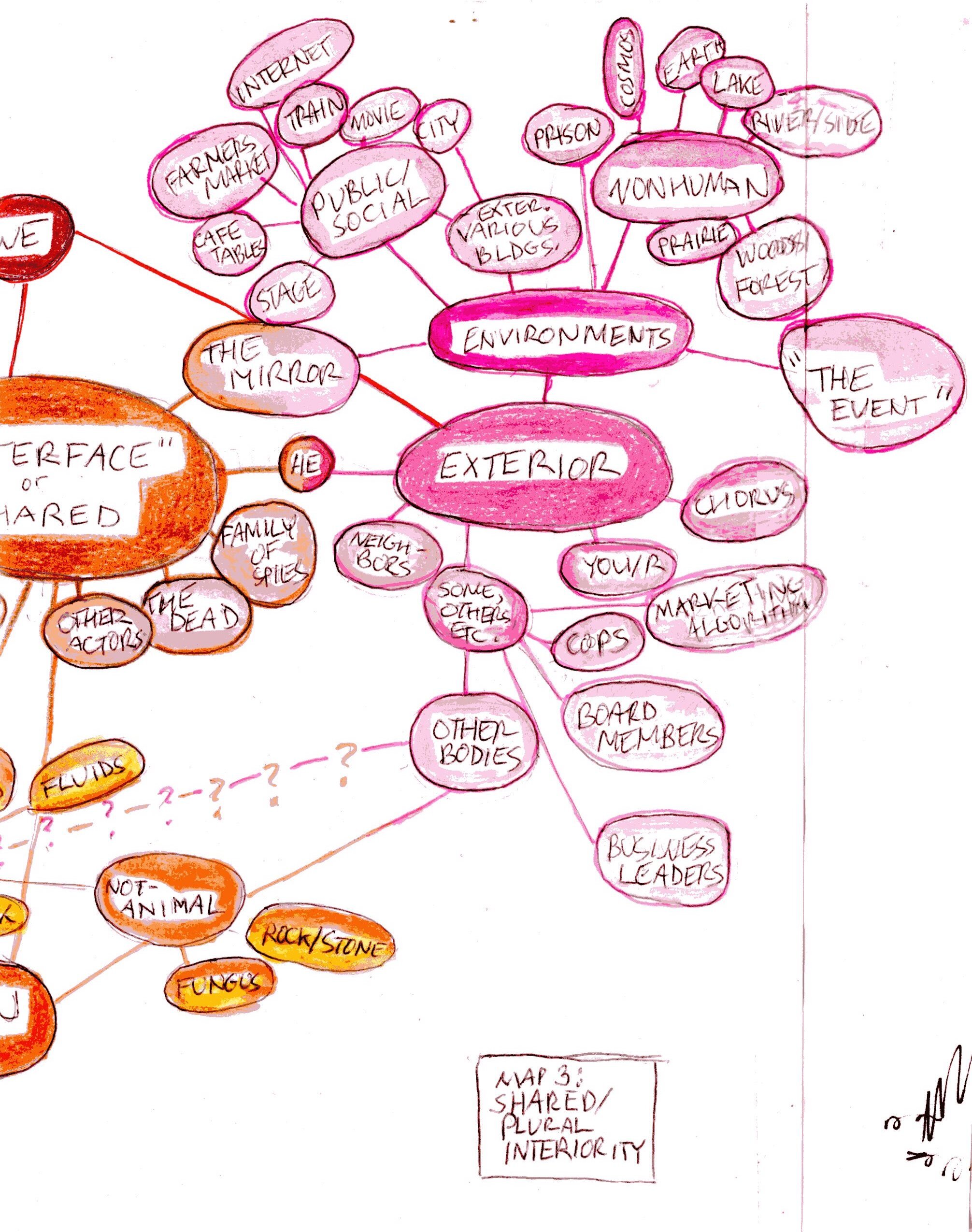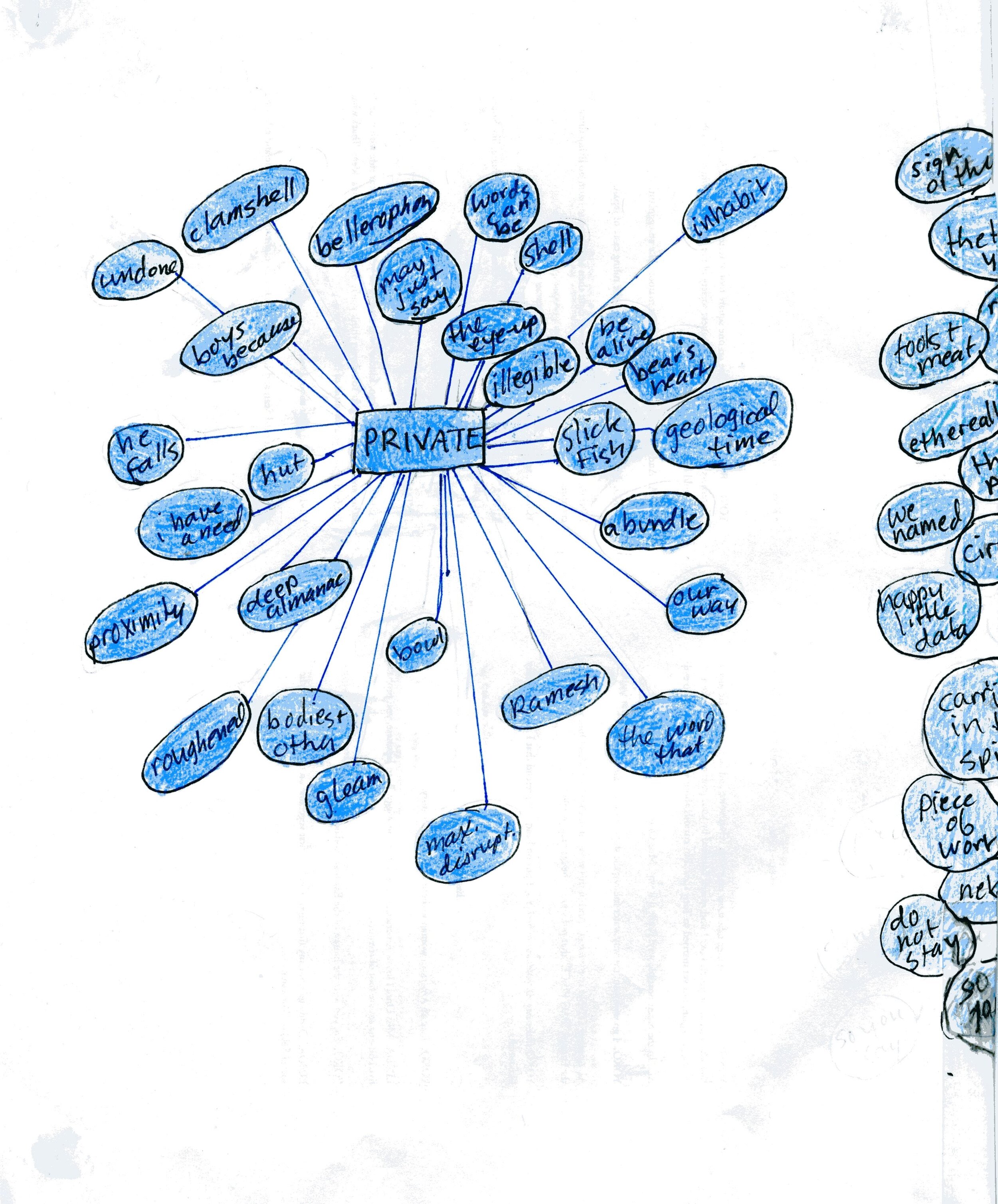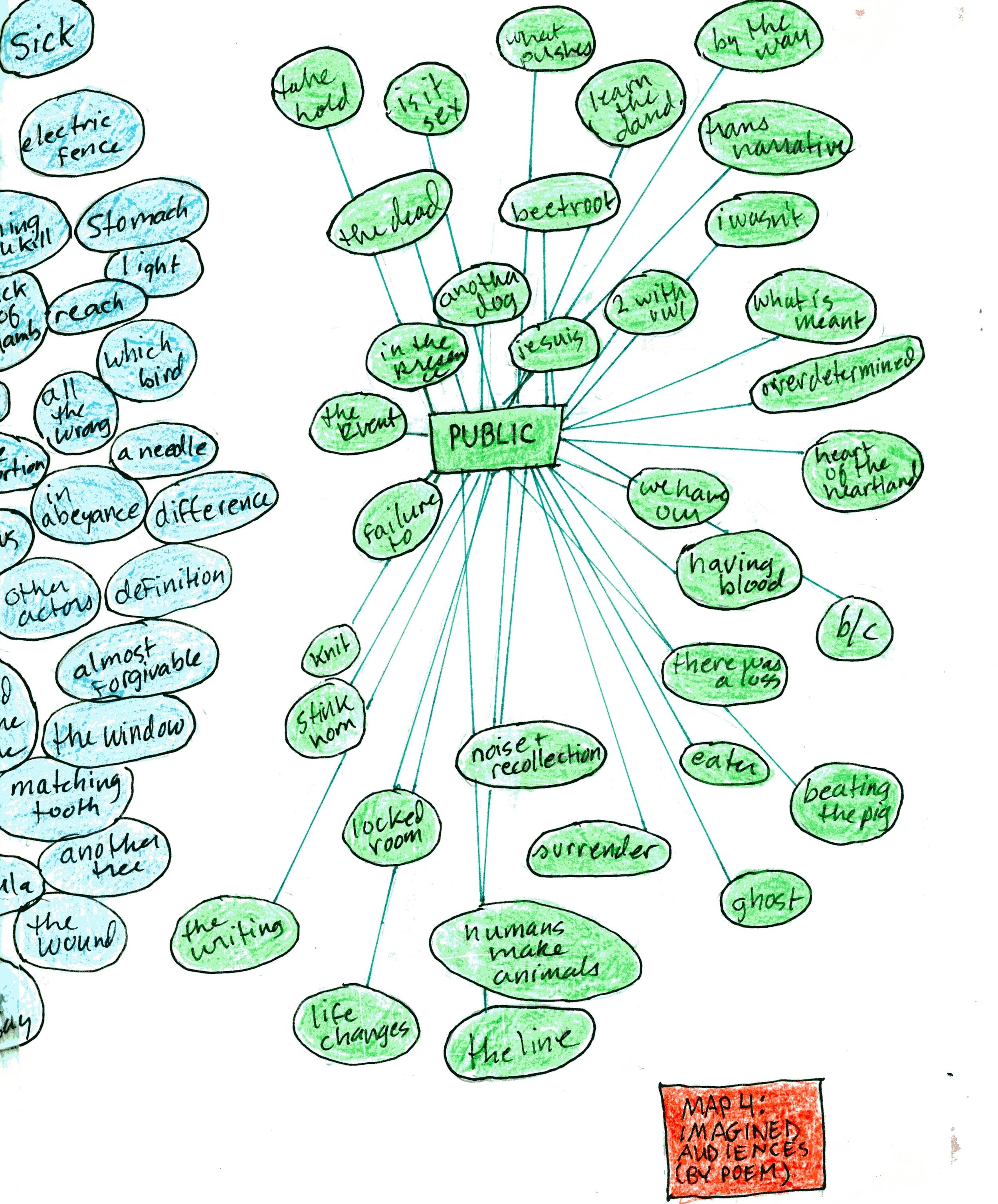Theories of Performance
by Jay Besemer
Theories of Performance emerges from continued engagement with the issues living in and through a queer, trans, sick/Disabled man’s body. Traveling between Chicago to western New York state, caregiving for his terminally ill mother, and grappling with hostility both directly personal and apparently impersonal but political, Jay Besemer presents poems that explode the multiple valences of “performance”—of gender, of expectation, as a type of art—and the theories around them. These poems are confident, playful, and angry; they know both limitation and unboundedness; and they attend, carefully and lovingly, to the language of one’s body.
“Jay Besemer’s tensile lyrics palpate the many ambiguous and ambivalent spheres by which a person becomes known both to themselves and others—the public, the private, the domestic, the intimate, the bodily, the verbal.”
—Joyelle McSweeney, author of Toxicon and Arachne
“Theories of Performance pulses with urgent jolts that lead us to consider the many ways in which we are always putting on a show. . . . along the way we revel in the sound poetry of the pharmaceutical industry, in the known and unknown territory that is our guts, our lungs, our feet, our brains.”
—Daniel Borzutzky, author of The Performance of Becoming Human
Order from Lettered Streets Press or Small Press Distribution
2020 | 140 pp | 978-1-7335499-2-9
Excerpt
TOOLS & MEAT
there are things we can’t
do. to take flight means
muscles i don’t have,
certain endowments.
this means (to some) a
sort of blade, a sort of
medieval wish list of
tools & meat. a wall
to hang them on, a
wall to get over. but
i’m not broken down
into something with
or without parts. the
grammar here is a
unique body. it must
be said: it must
be done. a night in
the vessel of a city, a
body made from
that vessel, breached.
Concept Maps for Theories of Performance
by Jay Besemer
I started making "concept maps" as a planning and classroom tool when I was a contingent faculty member teaching undergrad rhetoric and composition. I found it useful to note ideas and the connections between them in a visual, nonlinear way that was more in keeping with the way my own cognitive processes happened. When I left teaching, I retained the habit of mapping out my thoughts using this method. It's a great way to both prepare to write and to reflect on/analyze what I have already written. That's how I used it with Theories of Performance. As I literally re-vis(ion)ed the book, I examined it for themes and commonalities through various filters or lenses, each one generating a new "map." These maps are based on an earlier draft, so some of the titles and elements appearing in the maps are different or absent from what's in the published book.
Map 1: Voices/"Characters"
This map focuses largely on naming and reflecting the slippery relationship between poetic voice, narrator identity, author identity, and the various "performers" of all of these found in the text. For a book exploring (exploding) notions of performance, this map was the most important as well as the most nebulous. I had to move through this terrain before I could recognize the other work the book is doing.
Map 2: We
I recast the elements of Map 1 in the context of what I discovered when I made it. What I call the "plural self" is a central concept to the book, manifesting in many ways throughout the poems, also reflected in my use of the pronoun "we" when I sometimes mean myself. The plural self recognizes that individual identity is largely determined with the input of others, and that any person contains not only their own experiences and responses but those of others around and before them. In this map I also make a distinction between applications of the pronoun "you." Note that the central core WE is colored green in keeping with the form of "you" that indicates "active relationship"—recognizing that I tend to use "we" and "you" as a code for relationship, not (just) persona.
Map 3: Shared/Plural Interiority
Here I really start going deep and broad into some of the unifying themes and other work shared by the poems. In both halves of this map I try to name not only elements at work in the book but the connections between them. In a way, this map combines everything in the first two, and pushes a little further. The title of the map keeps it in context: this is all happening inside me, as much as inside the book—but it is shared, via text on pages, with outside-me, just as the outside shares itself with inside-me, becoming part of my plural "I."


Map 4: Imagined Audiences by Poem
Although at first this seems to be the most straightforward map, it is complicated by the fact that many of the titles referenced are different or absent from the published book, as I mentioned before. This is the map that draws most heavily on the tools of the rhetorician, analyzing my own process of making the poems in the book, and organizing the results according to what I uncovered. I admit I was surprised to find how evenly distributed the two apparently opposite audience categories were, and how much of the book was written specifically for (or for specific) others. But I also think many poets are reluctant to admit the extent to which we are our own audiences—not just other poets but ourselves. I want to bust the taboo about that.


The Word Cloud
This was generated online using a word cloud generator linked to on Twitter—unfortunately I can't remember the specific site. This one uses an algorithm that limits the results to the most frequently-appearing words but omits articles and pronouns. Appropriately, the top word in Theories of Performance is "body."




